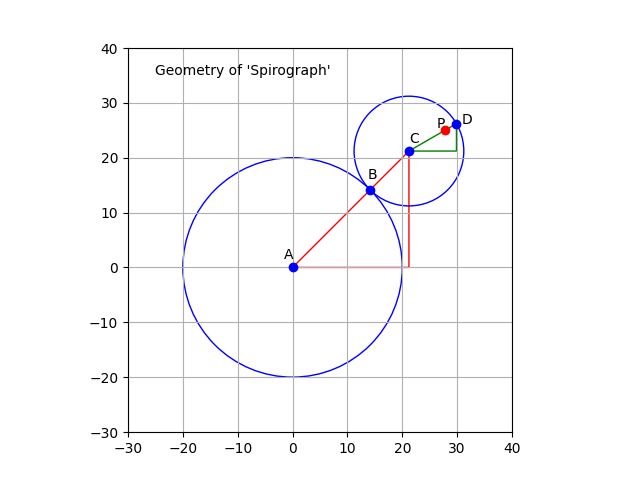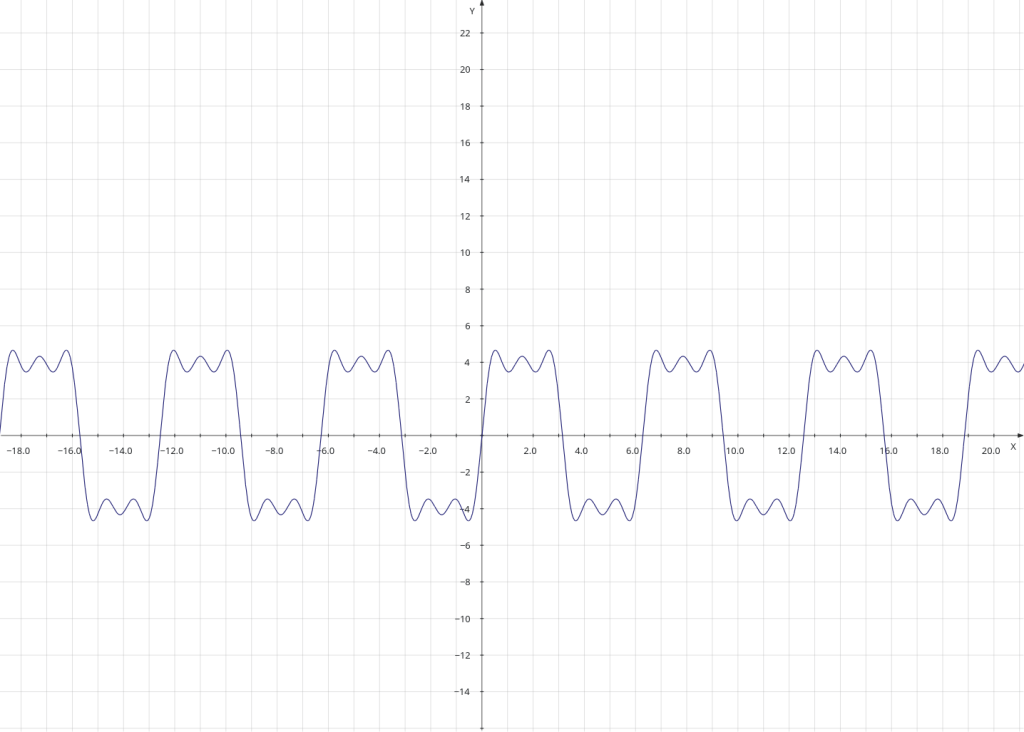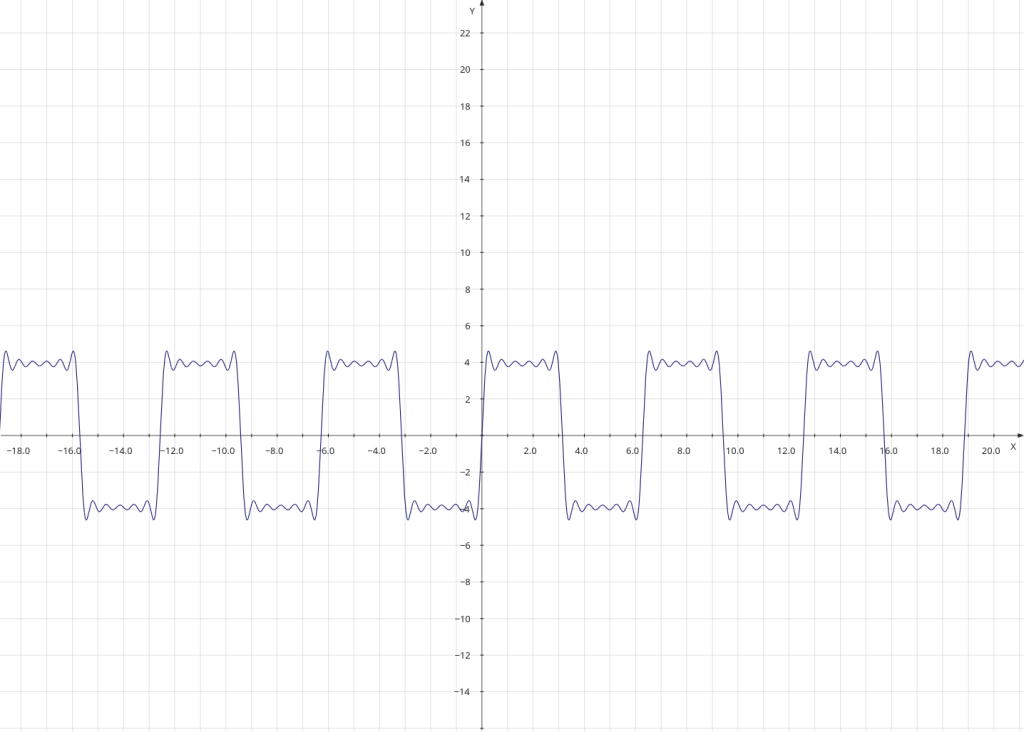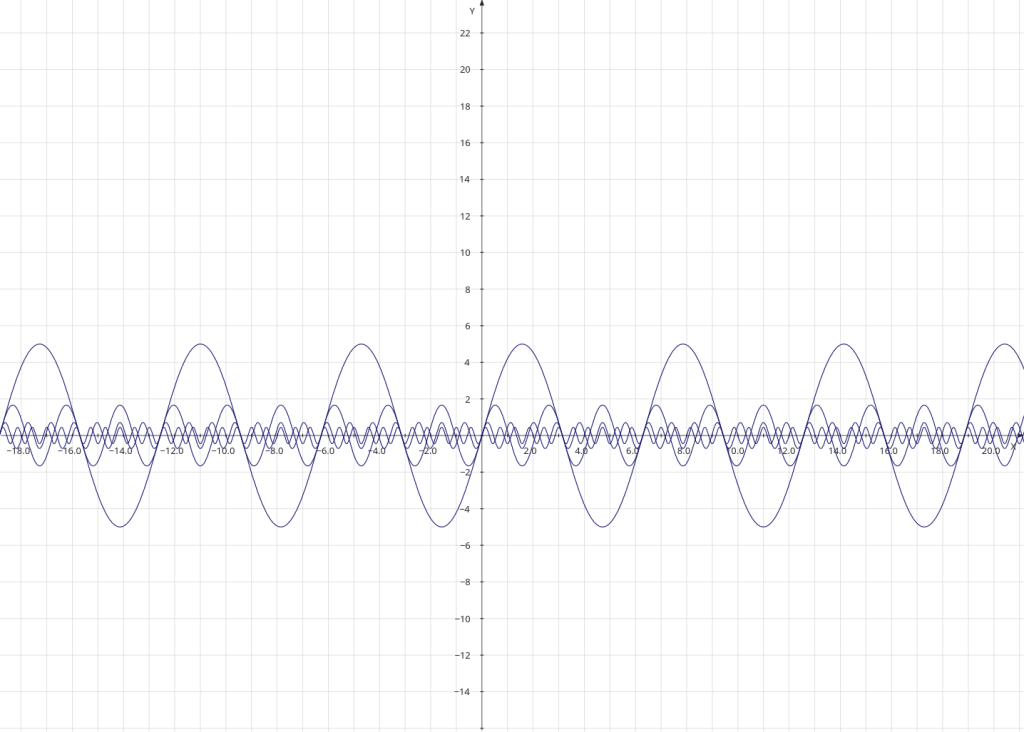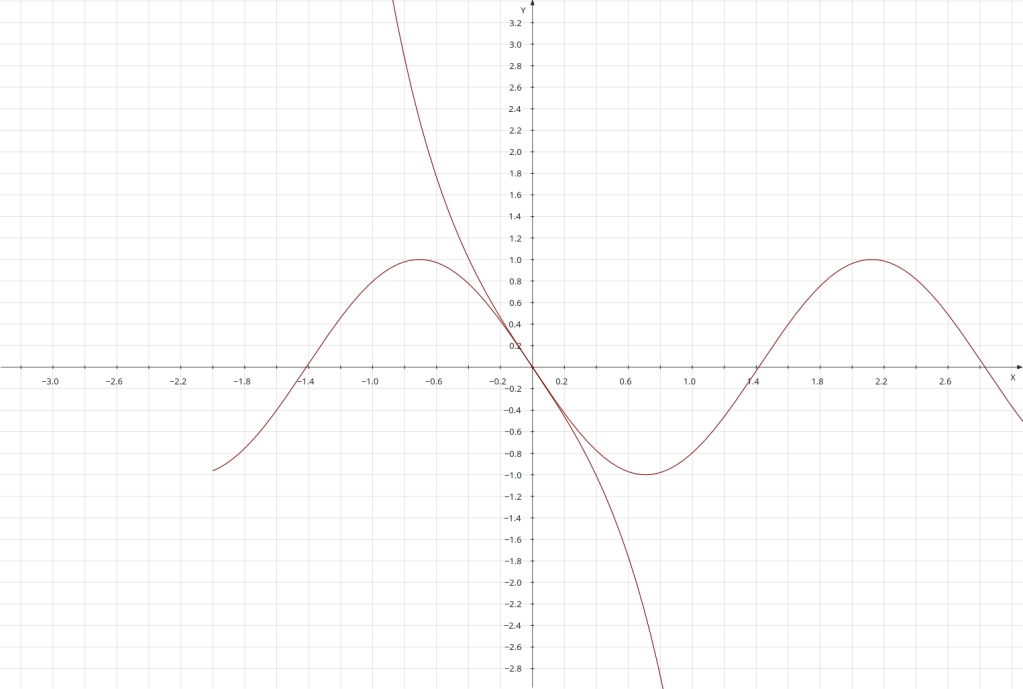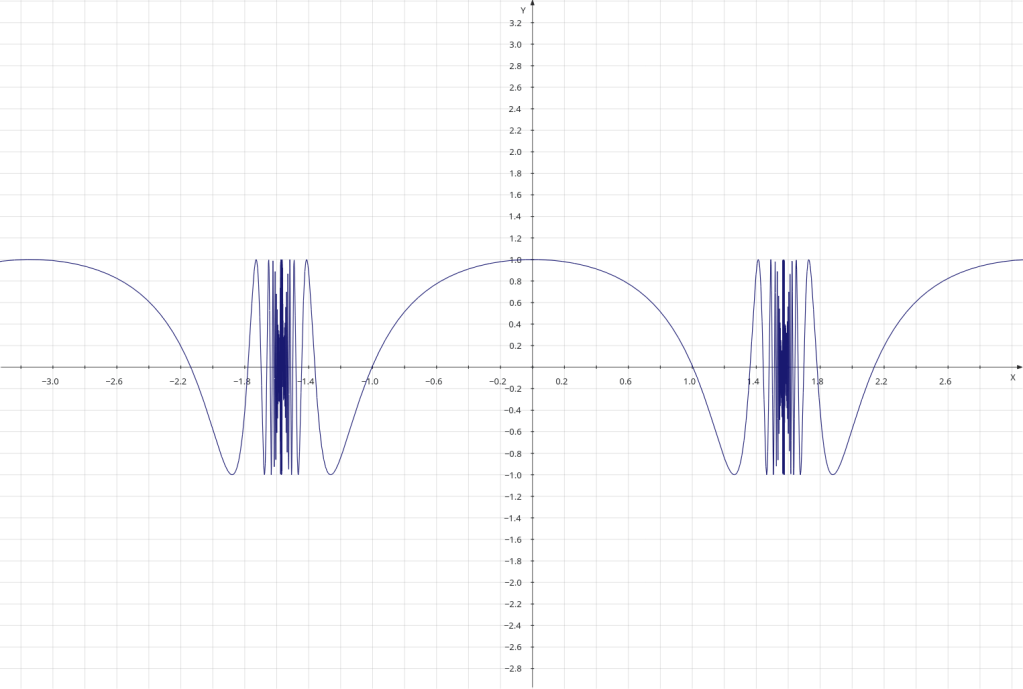The Maths is out There
Last year I posted an article which discussed some simple arithmetic and algebraic expressionss that people are posting on the Internet. I mentioned in that post that the questions are not posted to be answered. They are posted to incite discussion. Since then, there has been an upsurge of such postings, and I am going to address this topic further and expand on it.
Most people have left school with the impression that there is only one way to solve an arithmetic or algebraic question, and there is only ever one correct answer.
This is true, in a way. The rules of maths are rigid. However, when we write a problem down on paper, we write down a representation of the maths, in symbols. In the simplest case, we write down the symbol for a number, eg the symbol ‘7’. However in Ancient Rome, a mathematician would have written the symbols ‘VII’ to represent the same number. Even when we say the word ‘seven’, the word is only a name for the number.
Of course, our minds cut out all these distractions, and we, inaccurately, conflate the number and the symbol or name for the number. “This is the number seven,” we say, pointing to the symbol, but it isn’t.
When we add mathematical operations into the mix, things get more complicated of course. We write “7 + 3”, and think “Seven plus three”, mentally come up with the sum, the number 10, and think everything is fine.
But what if we were from a culture that reads and writes from right to left? We might possibly think “Three plus seven”, and would come up with the sum, the number 10.
However the language that we would use is unlikely to be the same as the one that I am using here, and the symbols would be different. Nevertheless, in some eldritch way, the maths is identical.
In this rather long preamble I have suggested that mathematics, specifically arithmetic and algebra, is independent of the symbols on the paper, and, probably, independent of the way our brains think of maths.
The Need for an ‘Order of Operations’
From now on I’m going to assume that that we are not from a culture that reads and writes from right to left, but the following reasoning can be expressed in a similar way for those who do write that manner.
Now, if I multiply two numbers I get a third number. I’m not too concerned about what multiplication actually is, but essentially I am taking two (or more) number, doing something with them and ending up with a single, different number. I can communicate this idea to someone else by writing down the two numbers with a multiplication symbol between them. I might then write a ‘=’ symbol next, and then the result.
5 x 4 = 20
A string of multiplications is easy:
5 x 4 x 2 = 40
Similarly with addition:
5 + 4 + 2 = 11
So far so good. Note that it makes no difference which order we perform the multiplications or additions. If we decide to start with the ‘2’, rather than the ‘5’, we get the same answer at the end. ‘5 x 4′ gives us ’20’ and so does ‘4 x 5’.
Problems arise when we introduce division and subtraction into the mix. Firstly, you can’t reverse the order in which you perform a subtraction or division:
5 - 4 = 1, but 4 - 5 = -1
Worse, 5 - 4 - 2 = 1 - 2 = -1, but 5 - 4 - 2 = 5 - 2 = 3
Even worse things happen when you mix addition and subtraction with multiplication and division. It’s important to note that the order that we should perform operations on numbers is not an essential part of arithmetic and algebra, but is related to the way we portray numbers and operations on paper.
So, mathematicians introduced the concept of the order of operations. This simply means that there are conventions for writing down arithmetical and other mathematical processes, in a way that someone else can take the expression, evaluate it and reach the same result as the originator of the expression.
There are ways of writing mathematical expressions which do not need an order of operations (or brackets, see later), indicating that the issues are not something within mathematics itself, but I’ll leave that for another time.
There are two ways of of writing an arithmetic or algebraic expressions in a way that can be communicated to someone else. Firstly, an order of operations rule can be applied to writing such expressions. Then expressions such as
1 - 21 / 7 + 4 * 2 = 6
can be written and understood unequivocally. The order of operation rules that are most often used are usually referred by the mnemonic PEMDAS or BODMAS.
Secondly, brackets can be used to specify the order that operations should be performed. The previous example could have been written as
(1 - (21/7)) + (4 * 2) = 6
You can always add brackets to an expression, even if they are not essential, as above.
So, if we agree to use PEMDAS, we can pass equations to and fro with a good chance of agreeing on the results, but there are some edge cases.
Is PEMDAS enough?
Some people write things like
2 / 3(5 -2)
I think that this is badly formed, and one should not write ‘…3(5…’, but people do it all the time. That said, there is an implied multiplication symbol between the ‘3’ and ‘(‘, so the same thing, with the implicit multiplication made explicit is
2 / 3 * (5 - 2)
Now there are two schools of thought on how this expression should be processed. The first group say that there is nothing special about the multiplication sign and the rules should be applied as usual. That is, from left to right as each symbol is reached.
2 / 3 * (5 - 2) = 2 / 3 * 3 = 2
The other group say that because the multiplication sign is implicit, the multiplication between the ‘3’ and the bracketed item should be processed as soon as the bracket is evaluated, before the usual left to right processing. In other words
2 / 3 * (5 - 2) = 2 / 3 * 3 = 2 / 9 = 2/9
The two schools of thought result in different answers, so which is correct? The answer is either or both. It depends on what the writer intended, and he/she could have used a set of brackets and made certain that the idea was communicated properly.
Why is it such a big thing on the Internet?
People like to cause arguments! So they post ‘quizzes’ on the Internet which are ambiguous, and then sit back and watch the fireworks. Other people read the posts and provide answers which are informed or not informed as the case may be.
Then those who think that they know, mock those who they think are wrong. Neither side acknowledge the fact that it is a communications problem. There are those who try to point this out, but they are often ignored.
Those who know of BODMAS/PEMDAS are usually adamant that they are right because it’s maths and they were taught it, right? Those who don’t are ridiculed. The BODMAS/PEMDAS believers are certain that they are correct because, it’s maths, isn’t it, and maths is never wrong. They lose track of the fact that PEMDAS/BODMAS is just a convention , and other conventions, such ‘strict left to right’ or SADMEP/SAMDOB (the reverse of BODMAS/PEMDAS) could be used. Providing both parties agree on a convention, they can communicate mathematical (well, arithmetical or algebraic) ideas successfully to each other.
Those who have been taught about implied multiplication by juxtaposition dispute the answer with those who haven’t heard of it, but really, the answer to the poser is irrelevant. The reason for that people post these dubious and intriguing equations is not to seek a value for equation. It’s not to find ‘the answer’. It’s usually to stir discussion, and the rowdier the discussion is, the better from the poster’s point of view.






